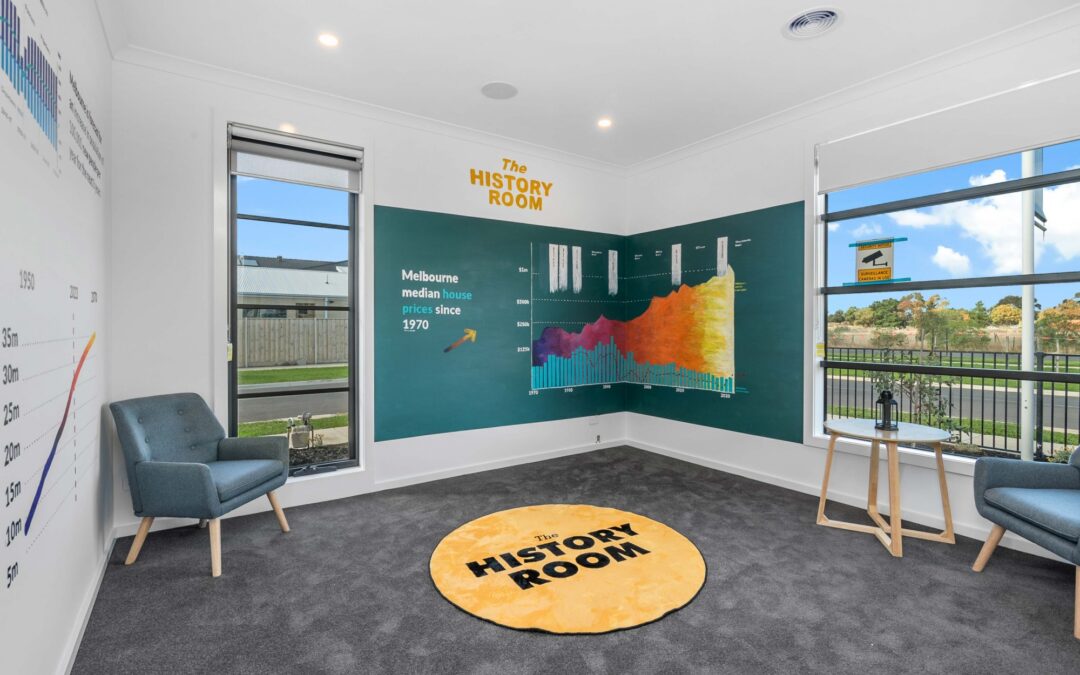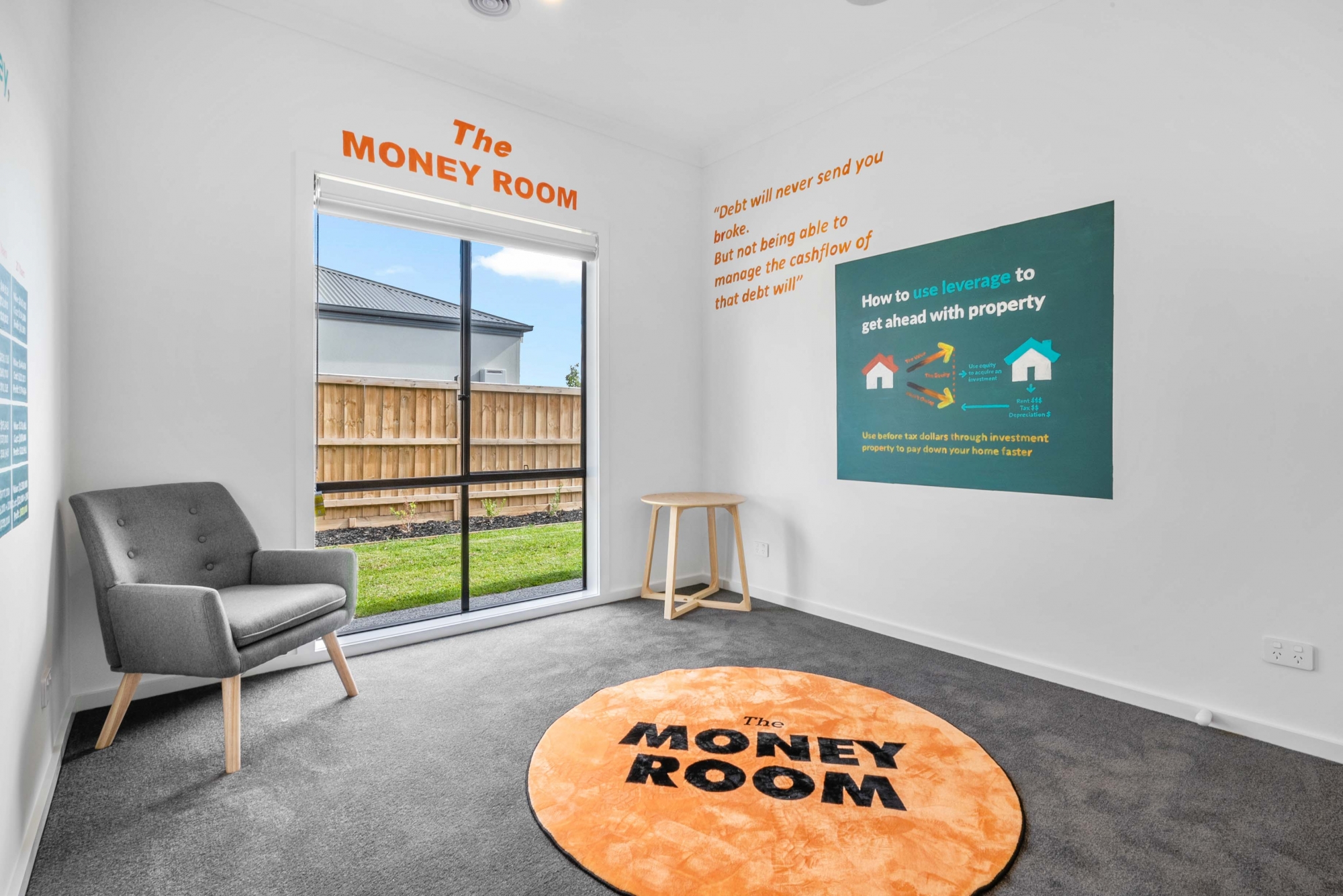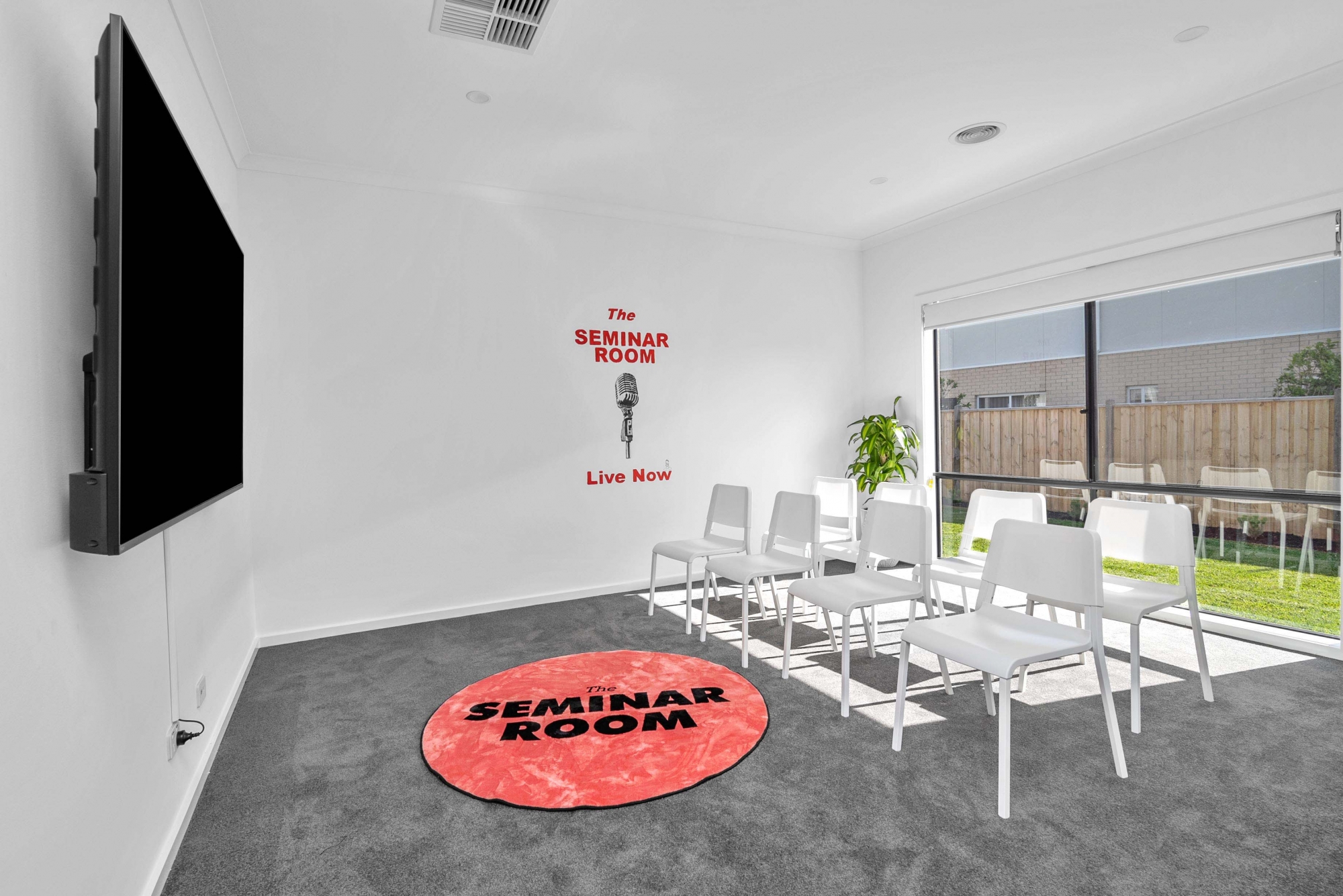
Managing Investment Cash Flow with Property Portfolios
Managing Investment Cash Flow with Property Portfolios
It’s critical when managing a portfolio to cashflow properties so your borrowing capacity isn’t hindered.
When we buy negatively geared properties you can limit the amount that you can buy very quickly. This could hold you back when it comes to building the portfolio size that you want.
When we acquire high-income properties, not only does it remove some of the risk of having to fire sale, as the asset looks after itself. But most importantly, it allows us to expand into more assets easier and faster. When we have more assets, we leverage harder. The compounding effect is enhanced further and we can make more moves.
Unfortunately, I see people investing in property without understanding the numbers all of the time. They buy old property on land that comes with minimal depreciation, increased maintenance issues, and lower rent. This ends up putting extra pressure on their financial position as opposed to making life easier (which is the goal). They go to their accountant at the end of the year and lodge a tax return – and only then do they find out what it costs to hold that property (usually more than they think).
This is back to front, you need to know the numbers from the start – then work backward from there. When we acquire properties that achieve positive cash flow, not only does that provide the ability to increase income and reduce other debts (bad debts) faster, but it makes life easier – not harder.
So where do we acquire high-income properties? Where do these properties exist? Especially in a high-interest rate environment 🧐 (even more reason to buy them). That is where the skill and experience come in.
The Buyfair Multi Liv Range was designed to do exactly that, design and provide high-income properties in areas with strong growth potential. Why does it need to be one or the other? It doesn’t is what we say.
With our worst rental crisis in history happening right now. With hundreds of people attending single viewings to lease a basic home. We need to supply more people with homes. Why does that need to be a whole house to one tenant? It doesn’t. With our specially designed homes you can achieve well above the normal rent on a traditional investment. While helping more people afford a place that they can call home.
To learn more about this new approach, we welcome you to make time with our friendly team of experts below.
https://calendly.com/buyfairpropertyandpurchasehomes/discoverysession
You can also visit our Multi Liv page to learn more.
Happy Investing,
Matt Ellul
Director – Buyfair Property Group














Recent Comments